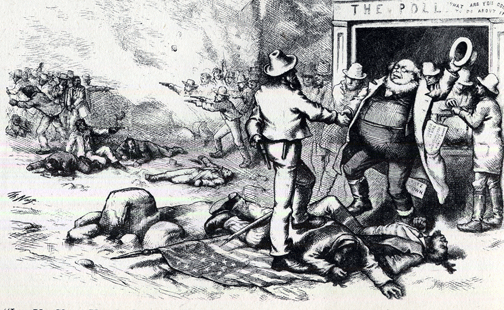AE: A Perspective on Seven Years
- by Bruce E. McKinney

The AED: at first an intruder
No good deed will go unpunished
Seven years ago AE walked out onto the open sun lit field that is books. The day was 3 September 2002. I was a book collector beginning what I expected to be my obituary project. Not that I thought it would kill me, rather that it would be a contribution that might matter in some then yet to be defined way to book collectors into the future. I was 56. I did not know what I was getting into.
The field, that to this layman looked disorganized, was in fact a group of ever-adjusting parts that had no interest to be included in anyone's concept of the future other than their own. There was no embrace of the inevitable. To those connected to the past the net would be an incremental extension, to pure net enterprises, a new world. Think of James Cagney on his way to the electric chair and you can sense the initial enthusiasm of many dealers. They, their associates and associations were preeminent in the era then just ending and they had no interest in a world they did not continue to dominate.
Contempt, distain and disregard however did not kill the upstarts. eBay, Google, Amazon, Abe and Alibris each established themselves as factors. Others failed or were combined. Those that succeeded ran the IPDA gauntlet: first ignored, then pilloried, decried and finally provisionally accepted. I say provisionally accepted because many in the field continue to hope the main players will fail even if they themselves can not succeed. It has turned out that better, quicker and broader methodology soundly trumps tradition. What was first a nuisance became a fistfight and is now an evolving electronic reality.
When AE came on the scene the stage was already set. I expected databases to reorganize not only books but in time all collectibles and to be thanked for playing a small part in effectuating it. I did not anticipate apathy or resistance and quickly encountered both. I expected dealers to both want and need quick access to information. About this I was both right and wrong. Many dealers, from the outset, embraced the AED (Americana Exchange Database) although its footprint was tiny. Others excoriated it. On day one it was hardly more than all of Sabin, Howes and a few other sources: 151,000 records altogether. Seven years later we add twice that many records every year - roughly a thousand new records every day. The total today is 2,156,297. Today about 20% of the dealers active in the rare book business subscribe to AE services.
As their numbers have increased so too has their use of the AED.
In the first few years the test for likelihood of renewal was the number of times a member logged into their account during the year. Below 7 log-ins a year the chances of renewal were small. Between 7 and 22 logs many renewed. For those who logged in 23 or more times renewal was certain. Today a typical member logs on 200 to 300 times and many more than 500. Institutional accounts access the AED, in some cases, 3,000 to 4,000 times.